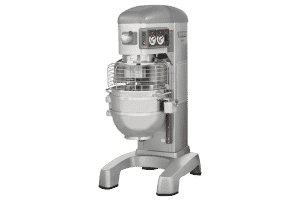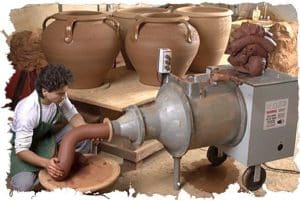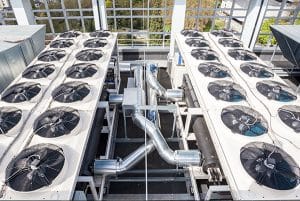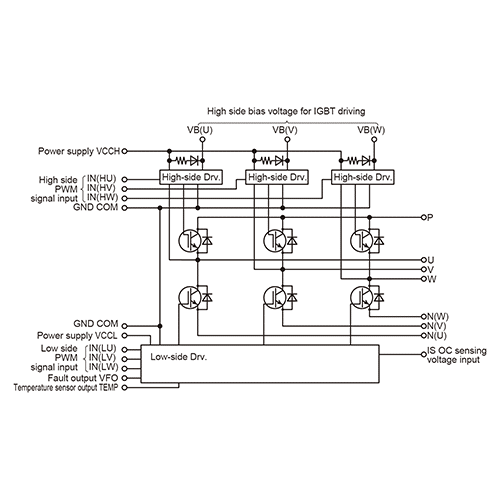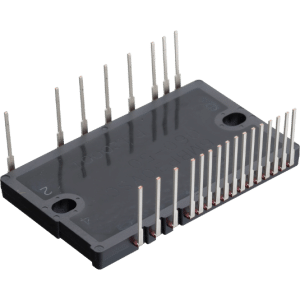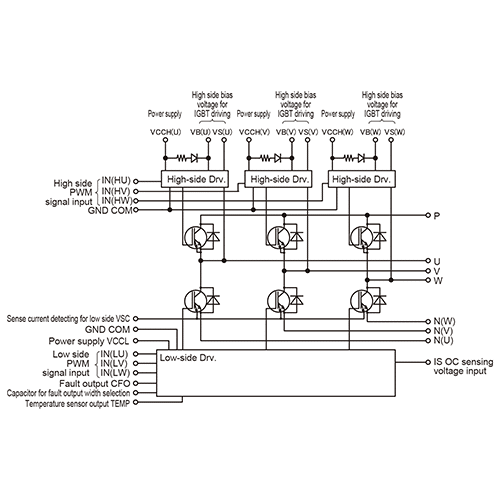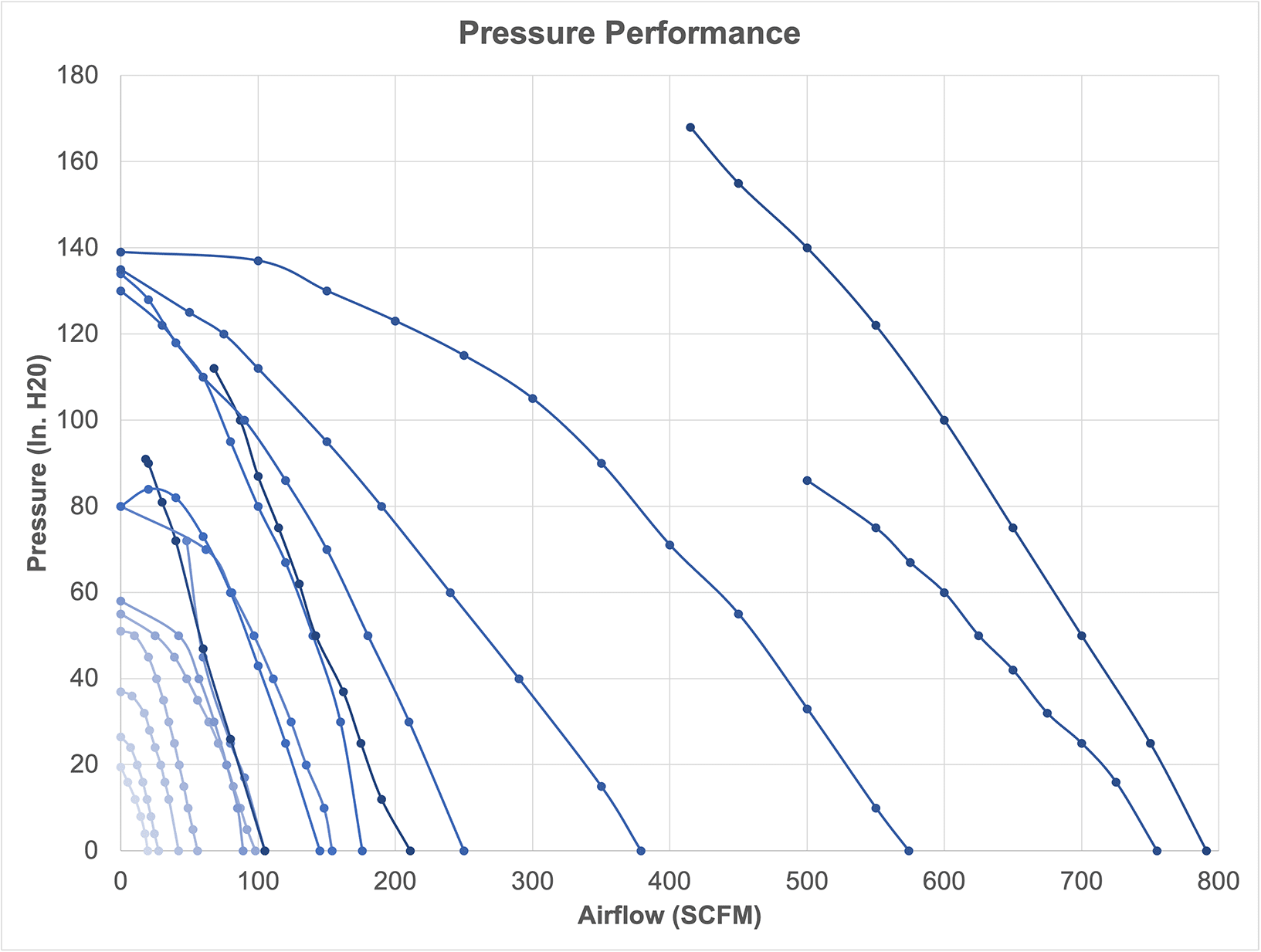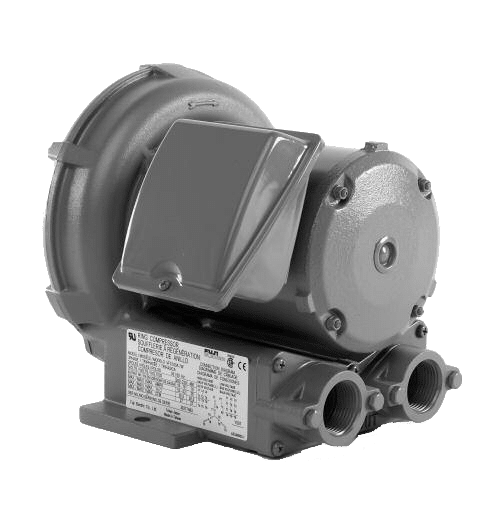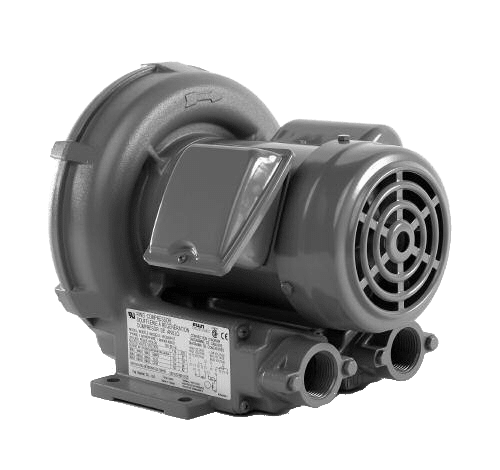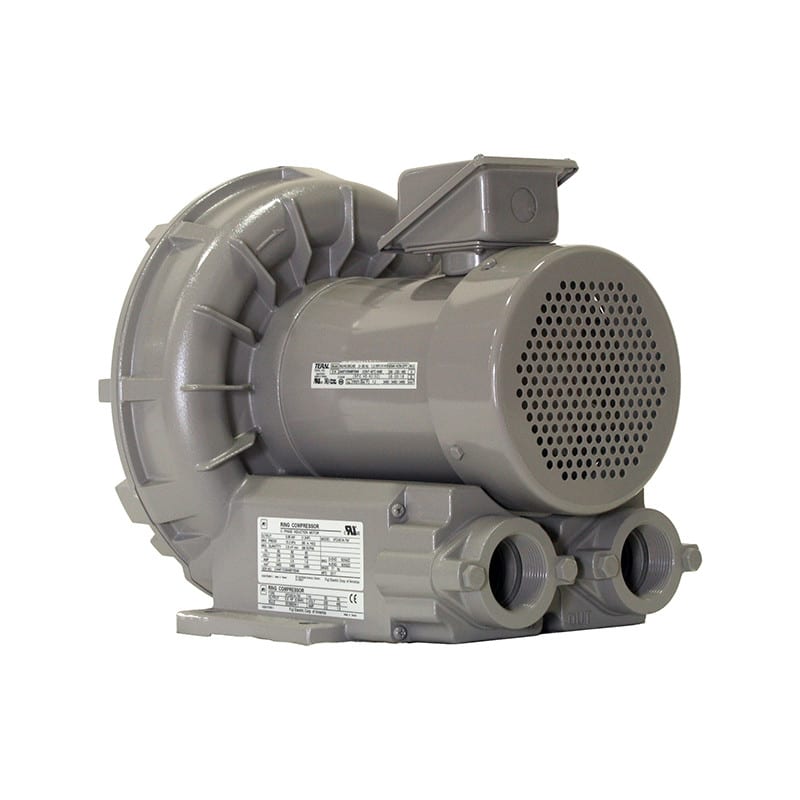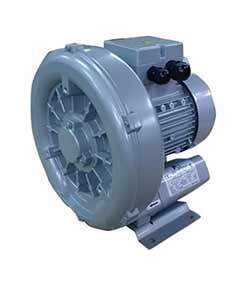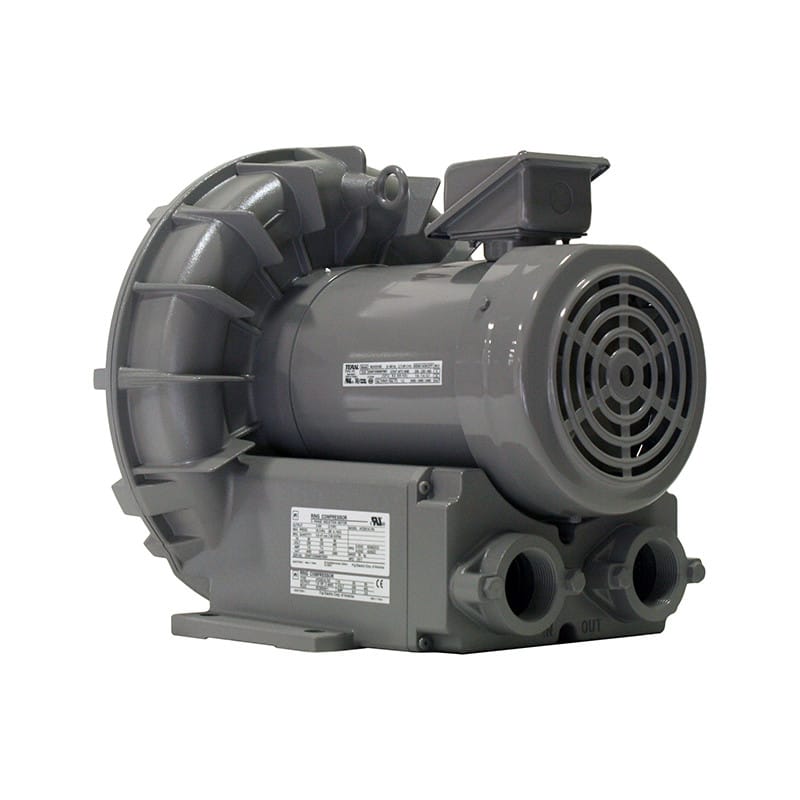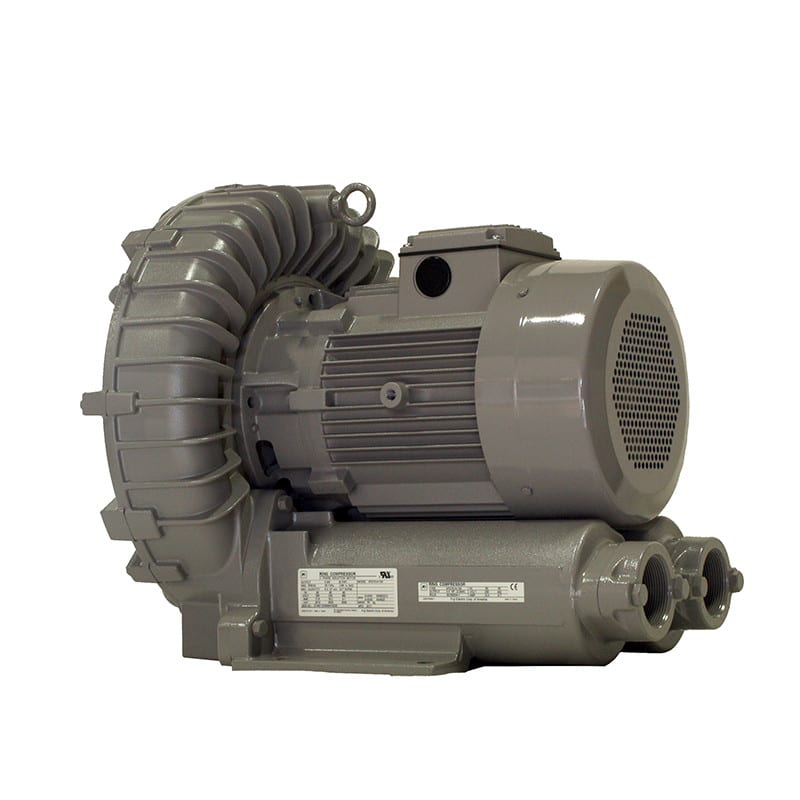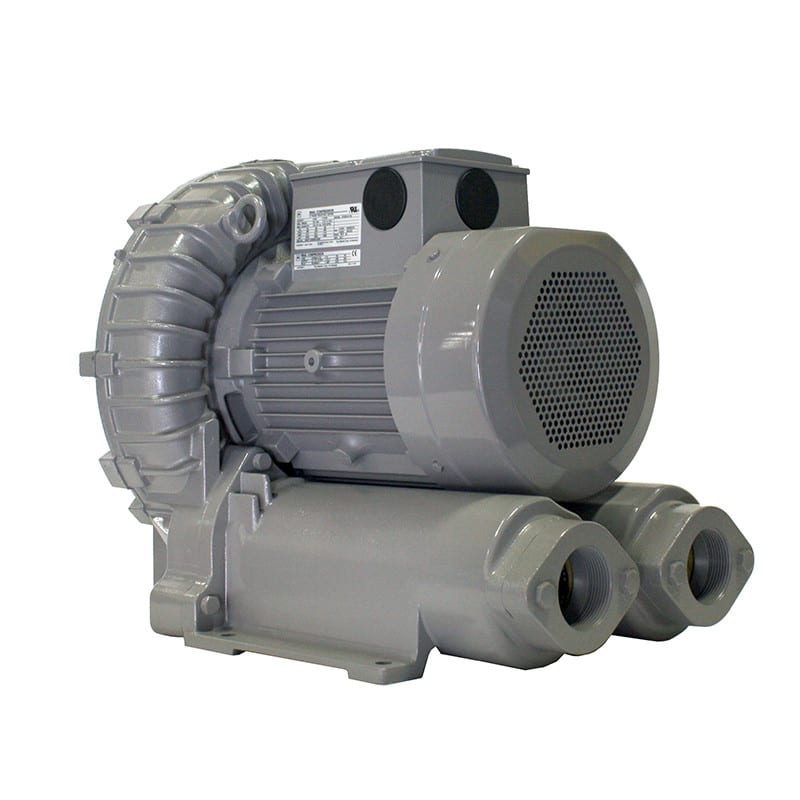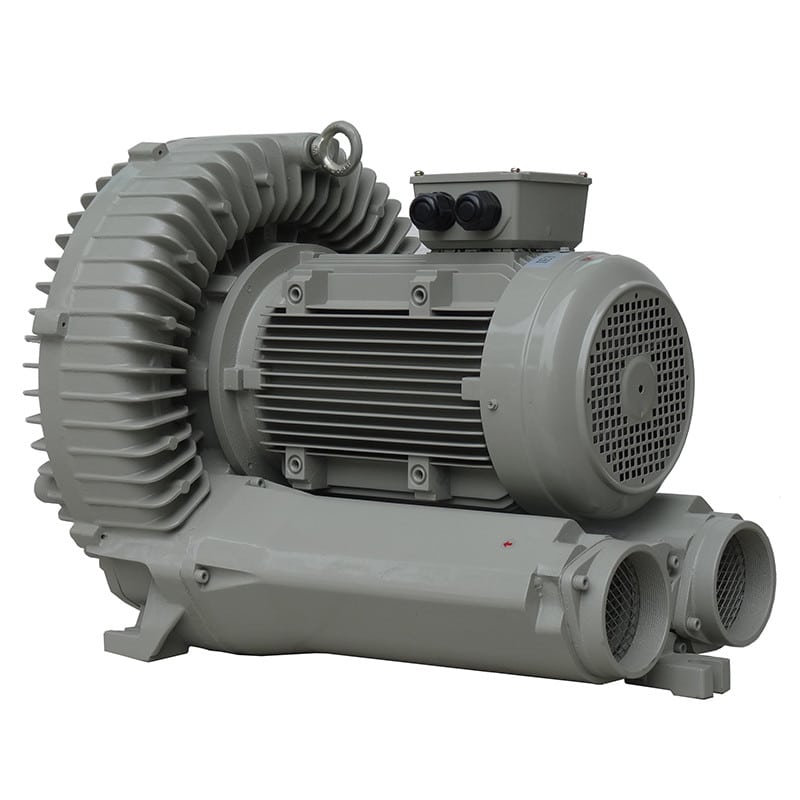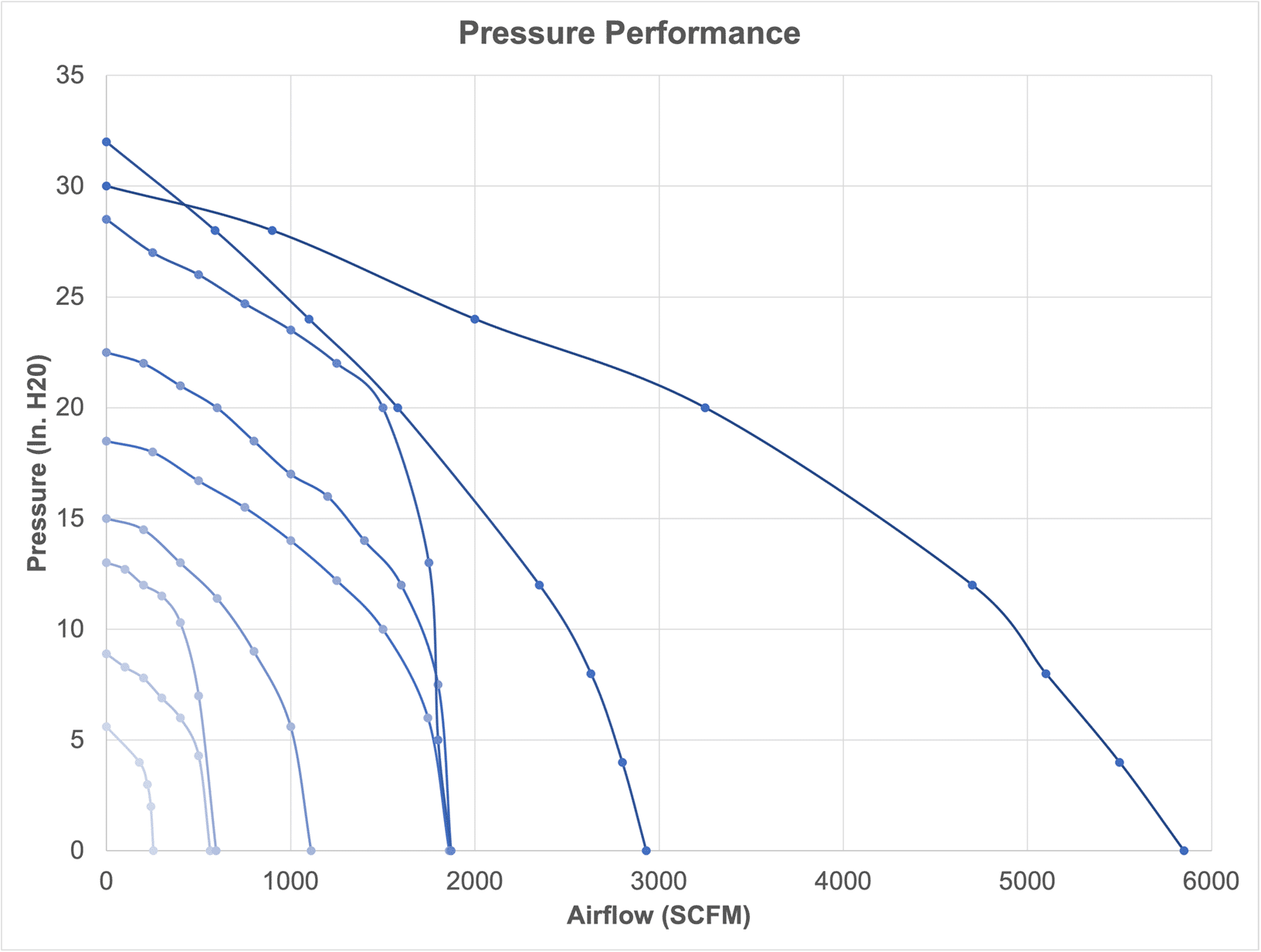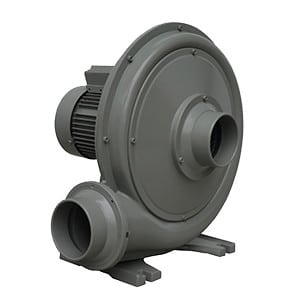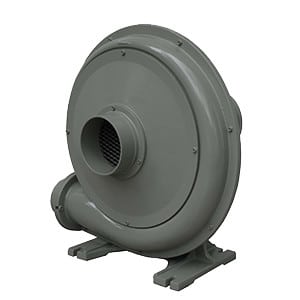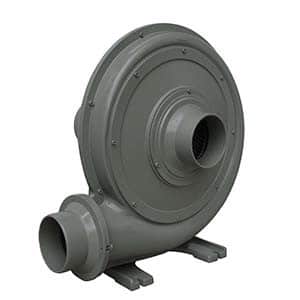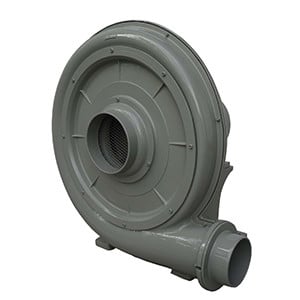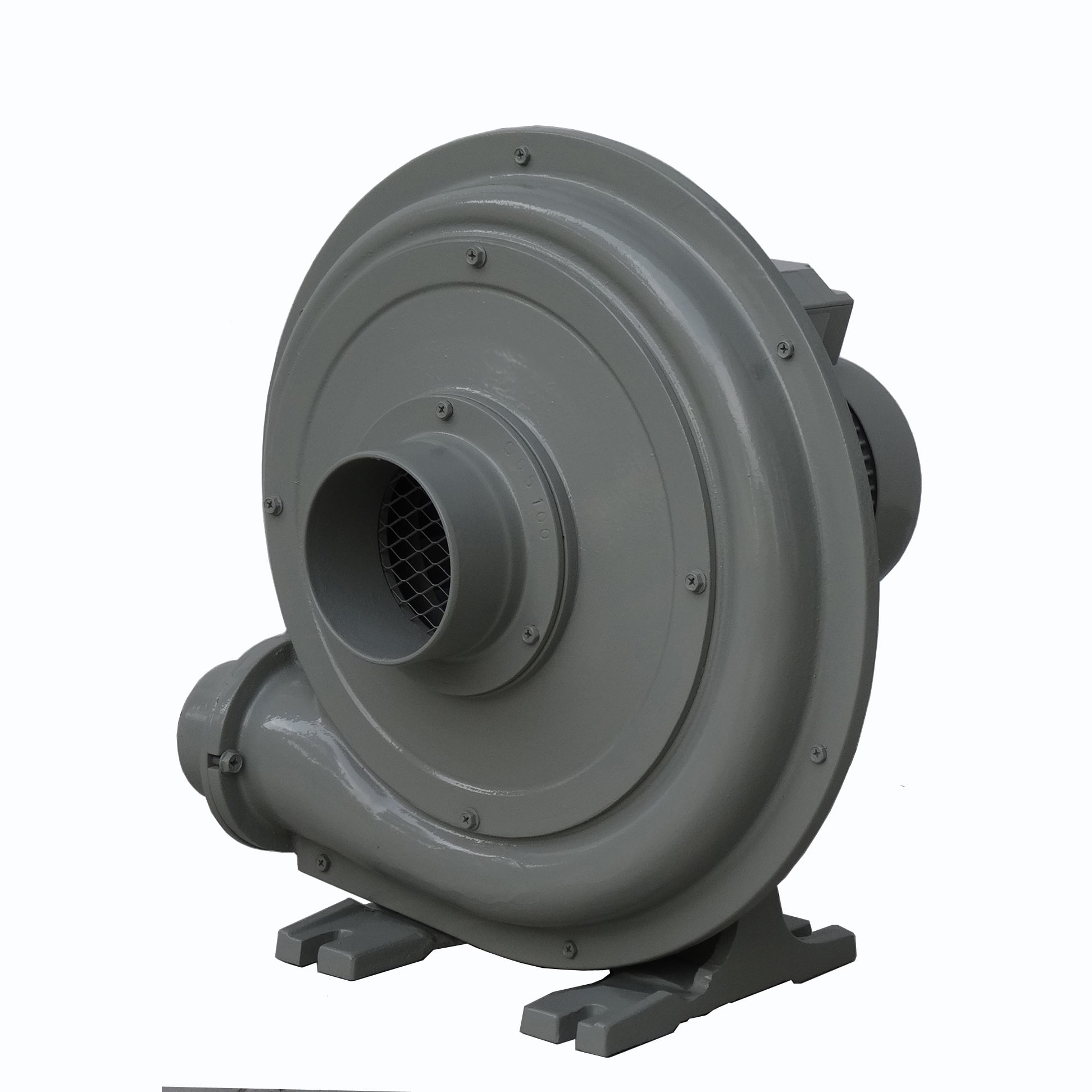IGBTs (Insulated Gate Bipolar Transistors) and MOSFETs (Metal-Oxide-Semiconductor Field-Effect Transistors) are both types of semiconductor devices, but they have different characteristics and are suitable for different applications. 
Here are some key differences between IGBTs and MOSFETs:
- Type of Device:
- IGBT: Combines features of both MOSFET and bipolar transistor. It has a voltage-controlled gate like a MOSFET and a bipolar-like current-carrying capability.
- MOSFET: A voltage-controlled transistor that relies on the voltage applied to the gate to control the flow of current between the source and drain terminals.
- Voltage Rating:
- IGBT: Generally suitable for higher voltage applications (hundreds to thousands of volts).
- MOSFET: Typically used in lower to medium voltage applications (tens to hundreds of volts).
- Current Handling:
- IGBT: Well-suited for high current applications. It combines the voltage control of a MOSFET with the current-carrying capability of a bipolar transistor.
- MOSFET: Generally used for lower to moderate current applications.
- Switching Speed:
- IGBT: Slower switching speed compared to MOSFETs. Suitable for applications where switching speed is not the primary concern.
- MOSFET: Faster switching speed, making them suitable for applications that require high-frequency operation.
- Efficiency:
- IGBT: Lower conduction losses compared to a MOSFET at high voltages and currents. Suitable for high-power applications like motor drives and power inverters.
- MOSFET: More efficient at low voltages and currents. Often used in applications where efficiency and fast switching are critical, such as power supplies and certain amplifiers.
- Applications:
- IGBT: Commonly used in high-power applications such as motor drives, power inverters, and induction heating systems.
- MOSFET: Widely used in applications where fast switching and efficiency at lower power levels are crucial, such as voltage regulators and electronic switching circuits.
- Gate Drive Requirements:
- IGBT: Requires a positive voltage on the gate relative to the emitter for turn-on, but the turn-off can be controlled by reducing the gate voltage.
- MOSFET: Requires a positive voltage on the gate relative to the source for both turn-on and turn-off.
The choice between IGBTs and MOSFETs depends on the specific requirements of the application, including voltage and current levels, switching frequency, and efficiency considerations. Each device has its advantages and is better suited to different types of electronic circuits and systems.




















